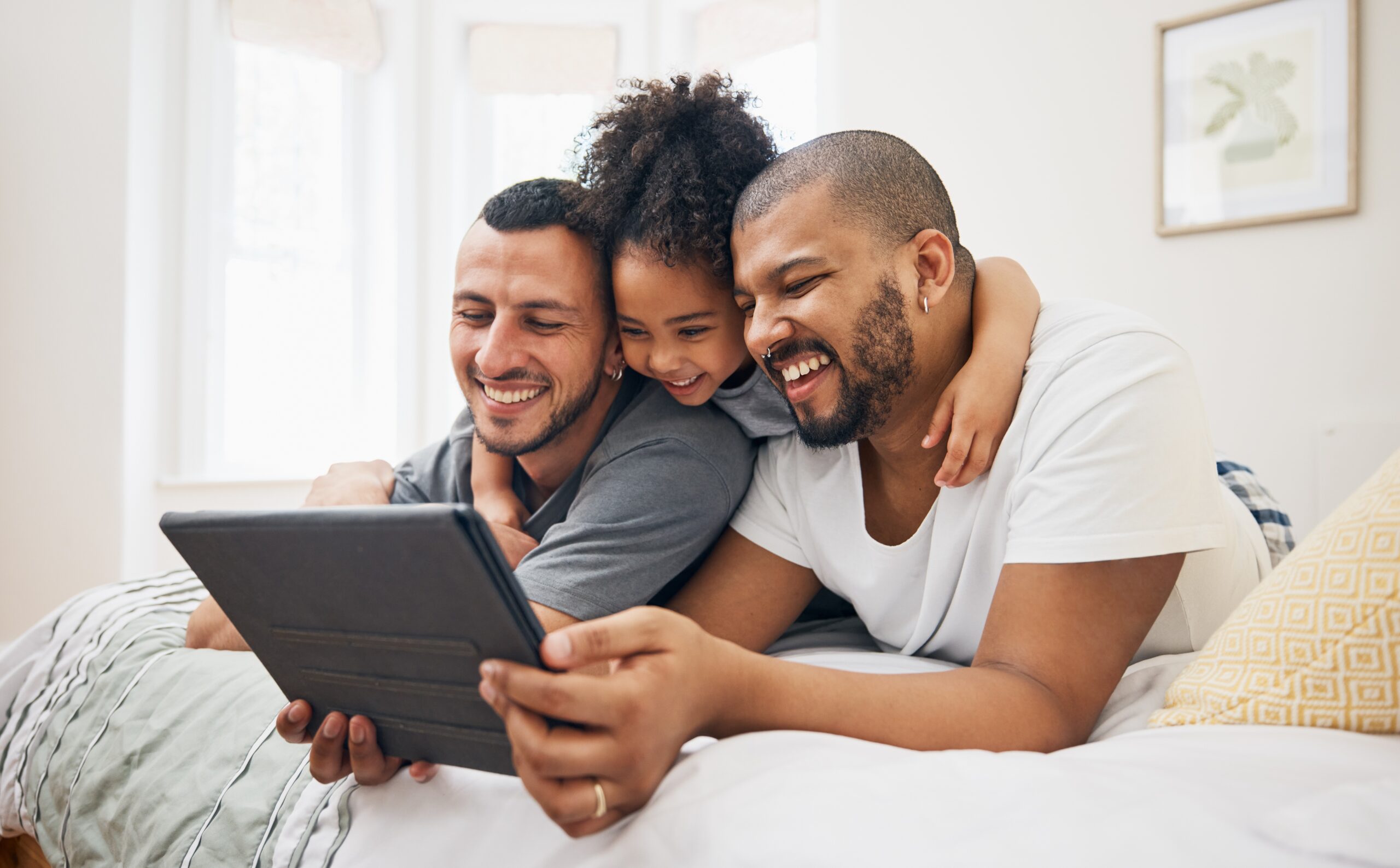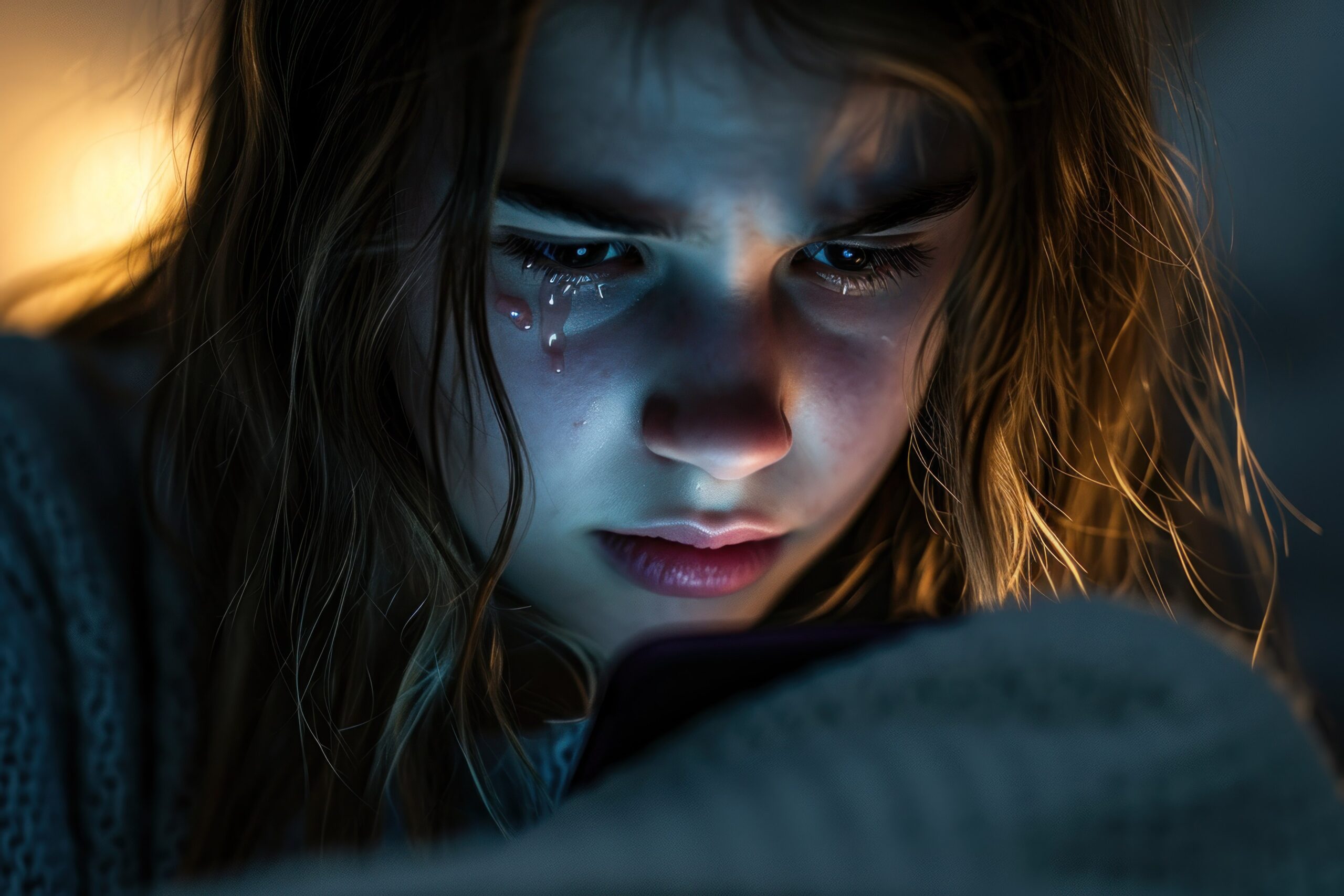Social media has become an inescapable part of modern life, shaping how young people communicate, entertain themselves, and even process emotions. However, its impact on mental health is a contentious topic, with some arguing that these platforms contribute significantly to rising anxiety and depression among teens, while others believe the issue is more complex. February 3-9, 2025 marks Children’s Mental Health Week, and February 11th is Safer Internet Day, highlighting the importance of safe social media usage and the mental health of children and teens who are online.
A new survey offers a deeper understanding of how young people view the relationship between social media and their mental well-being. By directly surveying teens and young adults, this study reveals a nuanced picture of how social media influences their lives.
- Social Media as a Source of Connection and Support
For many teens, social media is a vital tool for seeking support and connection. More than half of the respondents said they turn to social platforms to seek advice and feel less alone. The majority also use these platforms to stay in touch with friends (85%), unwind when stressed (83%), and find entertainment (89%). Social media, for many, isn’t just a space for casual interaction; it’s also a way to stay connected to others who share similar interests or experiences.
- Both Positive and Negative Effects
While social media can offer significant emotional support, it also comes with its downsides. Nearly 40% of teens and young adults reported that social media helped cheer them up when feeling anxious or sad, while 13% experienced both positive and negative emotions from it. However, a smaller group (8%) said that social media made them feel worse, pointing to the complex nature of online platforms. The survey shows that social media isn’t inherently harmful but can have both uplifting and distressing effects, depending on how it’s used.
- Aware of the Risks
Despite its benefits, many teens are aware of the potential harm social media can cause. Three-quarters of respondents admitted that they often reach for their phones out of boredom, and almost half confessed to using it more than they intended or struggling to control their usage. This overuse can take a toll on their well-being, including sleep disruption and a loss of time spent on other meaningful activities. However, many teens take proactive steps to curb these negative effects. Over 75% of the participants had made efforts to curate their social media feeds or take breaks from certain platforms. These actions suggest that while social media can be overwhelming, young people are taking control of their experiences to minimize harm.
- Negative Interactions Are Common, But So Are Positive Ones
A significant number of teens report encountering harmful content on social media, such as body shaming, racism, sexism, and homophobia. However, the study also highlights that social media offers a space for positive and supportive interactions. Around 68% of respondents said they had seen content that celebrated diverse body types, while 63% had encountered posts that affirmed different racial, ethnic, and LGBTQ+ identities. These contrasting experiences point to the dual nature of social media, where users can both face harassment and find support.
- The Unique Experiences of LGBTQ+ Youth
For LGBTQ+ teens, social media plays an especially important role. Nearly three-quarters of LGBTQ+ youth say that these platforms help them feel less alone, and many feel safer online than in person. While they benefit from the sense of community and affirmation that social media provides, LGBTQ+ youth are also more likely to face harassment and bullying, both online and offline. Social media serves as a source of identity validation and support but also exposes users to significant risks, especially for marginalized groups.
- The Role of Social Media for Black and Latino Youth
Social media holds particular significance for Black and Latino youth, who use it to stay informed, access educational opportunities, and connect with influencers who reflect their cultural backgrounds. The survey found that Black teens are more likely than their white peers to turn to social media for academic and professional resources, such as scholarships and university information. Furthermore, Black and Latino teens are also more likely to take breaks from social media due to negative experiences, such as harassment. Despite these challenges, social media remains a valuable tool for empowerment and connection within these communities.
- Depressive Symptoms and Social Media Use
The survey found that teens with moderate to severe depressive symptoms were more likely to feel that others’ lives seemed better than their own when using social media. However, they were also more likely to report that social media helped cheer them up (78%) or offered a creative outlet. This suggests that while social media can exacerbate feelings of inadequacy or stress for those struggling with mental health issues, it can also serve as a source of support and distraction.
A Balanced Approach Is Needed
The relationship between social media and teen mental health is undeniably complex. While these platforms offer opportunities for connection, creativity, and support, they also expose users to risks such as bullying, body shaming, and mental health struggles. Ultimately, social media’s impact on mental health depends on how it is used and the individual experiences of each user. There is a need for a balanced approach: encouraging teens to navigate social media in ways that promote connection and well-being while helping them minimize harmful experiences. Parents and educators can support young people by fostering open discussions about healthy social media habits and the importance of self-regulation.
In this multifaceted landscape, one-size-fits-all solutions won’t work. Instead, the focus should be on empowering young people to make informed choices and take control of their social media experiences, all while acknowledging the unique challenges they face in today’s digital world.




